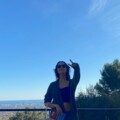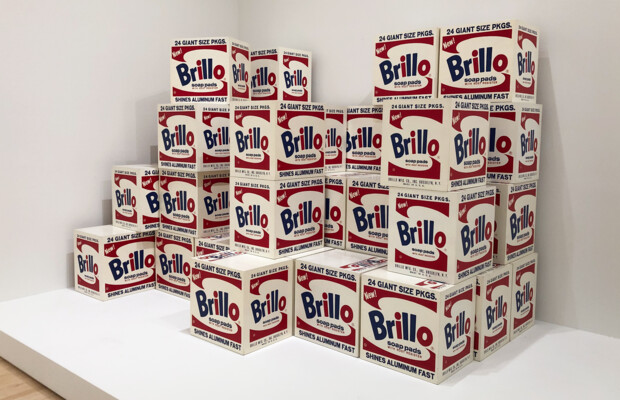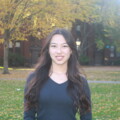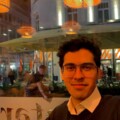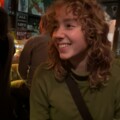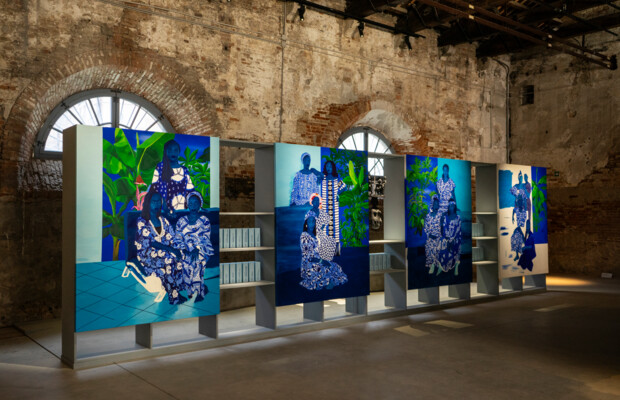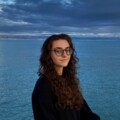Nereids & Naiads: Artist “Inquisitions”
Curator Leah Gennaraki and participating artists discuss feminism, artistic identity, and industry challenges.
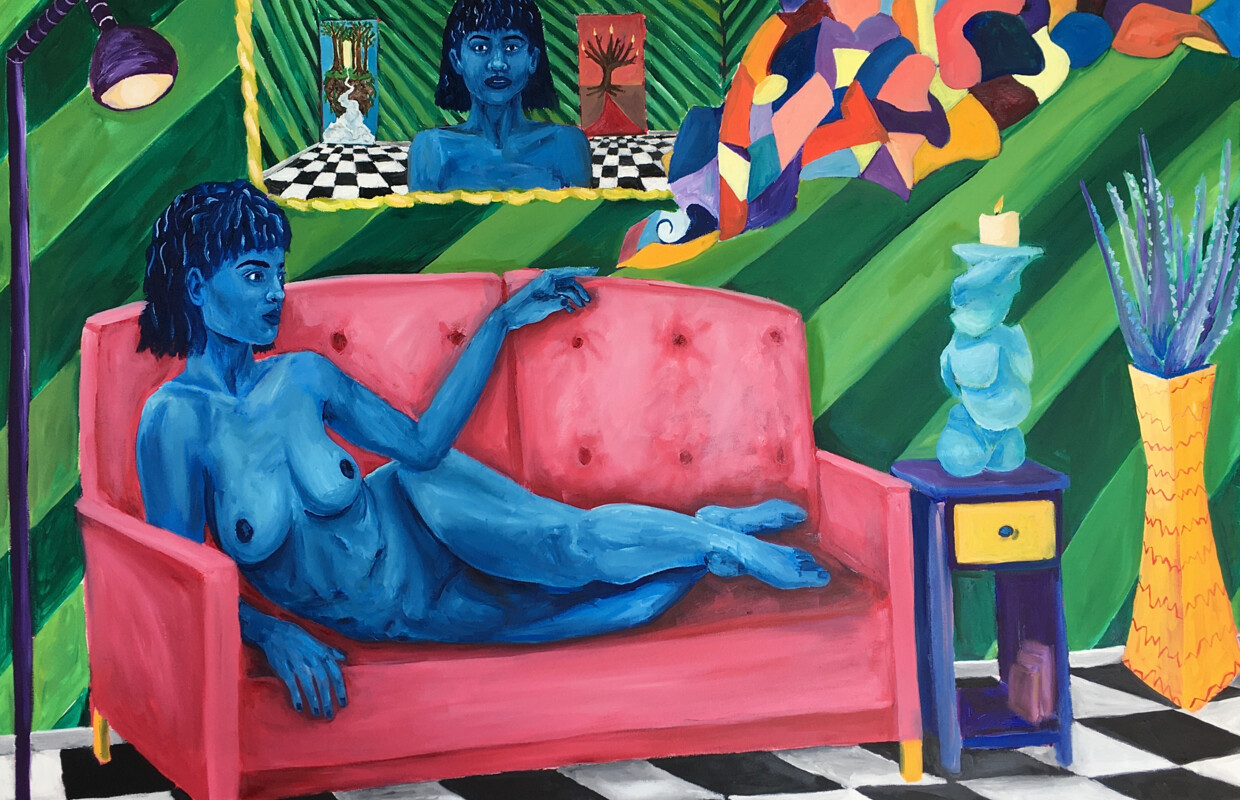
On March 20th, Nereids & Naiads opened its metaphorical, digital doors to the public. The concept came quite naturally to me. The mystification of bodies of water and their manifestation as divine anthropomorphism in ancient Greek culture solidify their importance in the cultural environment that gave rise to myths, goddesses and nymphs. My own experiences and memories further amplify my belief that where there’s water, there’s something to say. Since its conception, the purpose of the exhibition has been to bring to the forefront the rich and multifaceted cultural significance of water in the Mediterranean, while engaging with the creativity and progressive -”fresh”, if you may- outlook of many young artists. It was, therefore, overwhelmingly pleasant to see that the majority of participating artists have only recently entered the vastness of the art world.
Either studying art or pursuing their musings, Larissa, Anya and Iliana, three young artists that I had the opportunity to talk to, are following their different creative paths, navigating the far and wide of art as a means of expression of the self, a reflection of cultural zeitgeist and a (profit-driven) industry. As an “expert witness” to their testimony, Dimitris Voyiazoglou shared his own perspective on the ever-changing role of the artist, based on his years of experience within the art field.
Feminist Nymphs
The nymphic theme of Nereids & Naiads compelled the artists to dive into the intricacies of feminist discourse within ethnography, art and culture. Anya interprets the depiction of womanhood in art as mirroring society’s ever changing yet compulsively patriarchal views on women’s existence.
Women are always categorized as objects of pleasure or desire or to be pursued as often nymphs were pursued for their allure.
Anya’s feminist reading of the concept is derived from her observations of female existence as a double edged sword. Nymphs’ divinity and immortality seems to be attached to the mystification, but also objectification, of their femininity. The performativity of their role, as illustrated in her work “The Arrival Under”, their being perceived as worshiped, alludes to the patriarchal hegemony over female existence, the cultural “checkboxes” one needs to fill to abide by the rules of acceptable (female) gender expression. At the same time, the female boldness of being, in spite of the nearly omnipresent male gaze, functions as an active opposition to systemic (and systematic) gendered oppression. In a cultural context where the male focalizer is a constant, taking up and owning space is one of the greatest acts of resistance.

There are lots of stories where men fall in love with the nymphs because they're very beautiful. They seem to be searching for them.
In “Naiad with bad posture”, Larissa is cauterizing the male point of view of the myths that introduced nymphs to Western culture and calling for a redefinition of the concept of the “ethereal”. The Naiad is seen in her flawed nature, clumsy and human, going about her daily life when the male gaze disrupts it. In the story Larissa narrates, once upon a time, a Naiad woke up, brushed her hair and was looking at her reflection in the water, all while unaware that someone hidden in the leaves was watching her. This sarcastic reference to the repeated ethnographic theme of the male gaze capturing and falling in love with the irresistible beauty and grace of the nymph of the forest features a nymph stripped from the haze of beauty, seen through a focal point suddenly self-aware of its unjustifiably sexualizing and objectifying character.

Larissa also points out the derivativeness of the depiction of women in art as flawless. Especially nymphs seem to be portrayed as beautiful as an effect of their youth and innocence. From Sandro Botticelli’s “The Birth of Venus” to “Nymphs and Satyr” by William-Adolphe Bouguereau, the correlation of age and beauty standards has long been the subject of feminist discourse. Feminist scholars echo Larissa’s observation of the idealized version of women as always appearing a bit too young (especially in relation to the men who idolize them, the painters, the patrons, the viewers), infantilized, their innocence somewhat attached to their sexuality. Women in their bloom of youth look either oblivious or embarrassed as the male focal point captures them in the vulnerability of their nudity -a point notably reverse-analyzed in Mieke Bal’s feminist reading of Manet’s Olympia in Semiotics & Art History (Bal & Bryson, 1991, 206).
The struggle between creativity and the reality of the (art) world
In their pursuit of creative flow, artists seem to encounter the adversities of the world mediated by capitalism. Trying to keep up with a frenetic pace of life and artistic perfectionism, there’s one thing Anya craves for: time. Especially during a period in time when AI seems to be capable of producing paintings that call for a conceptual modification of “artwork” and “artist”, one might wonder if there’s a place for young artists? Anya is embracing the humanness of her art, realizing that her artwork is bound to take months to come to fruition.
And it's such an emotional process till the very end. I get very anxious; I can feel the painting’s ending.
In turn, Larissa is expressing her concern for the job market in the art world. As bricolage and pastiche become more prevalent as artistic statements, and derivative art starts to feel more and more inevitable, AI becomes the ideal artist of the 21st century, seamlessly reproducing both the form and production of meaning of “human art”. Even in teaching positions, the appeal of the non-human “artist" is becoming more appealing to art academies. (Small, 2023)
You can hear of schools that use AI in their classes instead, and less people getting a job. It's a topic we've heard a hundred and millions of times, but it's still an important one.
From the perspective of an art student, the biggest challenge is the competition between academic expectations and creative freedom. Iliana, studying art at the Department of Applied and Fine Arts at the University of Florina in Greece, can feel the pressure of the competitive spirit within art schools and the toll it takes on artists.
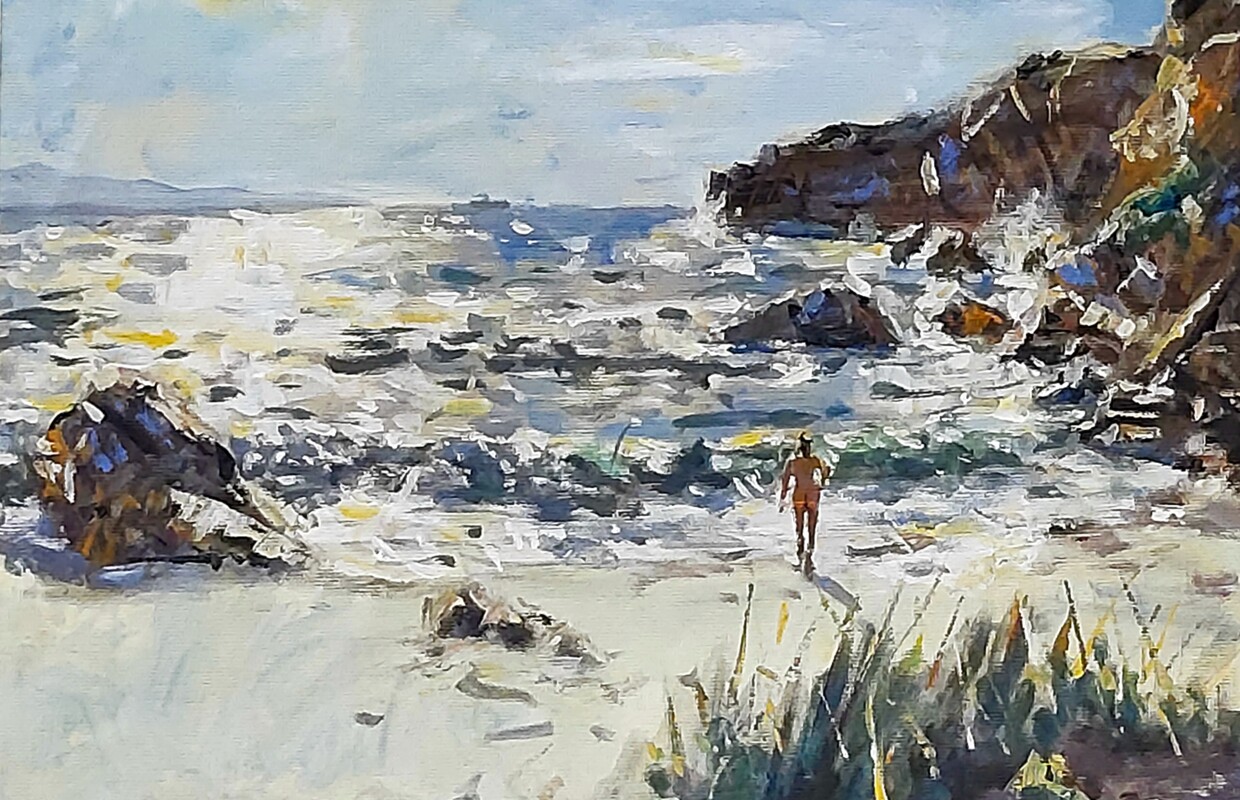
It can definitely be mentally taxing. There was a very hard period in my life in terms of creating, especially when I had to focus on some techniques that I needed to perfect to get into university and I had to neglect my ‘personal’ art.
The struggle between “have to” and “want to” seems to be going hand in hand with any aspiration of becoming a full time artist. While Anya would like to support herself with her art, she acknowledges the rising pressure to conform, to fall down the rabbit hole of making one’s art “commercial”, palatable, made to make profit.
I want to live off my art, but I also don't want to fall into a commercial capitalist trap where I'm selling a little part of my soul.
The struggle between creative inspiration and the commodification of art has led several artists to limit their artistic endeavors (literally) to their lunch breaks from work. Dimitris Voyazoglou recalls that he was working as a civil servant during the first few years of his artistic journey. At the time, art was merely his catharsis, his refuge from the frenetic rhythm of modern life. In creating art he found the counterweight to the bureaucratic reality of life under capitalism.
That’s what kept me alive. And I could only handle being in the office eight hours a day because for an hour and a half I was painting.
Art in the digital age: May the networking commence
In the midst of the digital age, questions of “self-promotion”, networking and “visibility” seem intertwined with one’s artistic talent. Artists, especially in the first stages of their career, are implicitly asked to maintain a social media presence that is appealing, consistent and palatable enough to attract an audience. However, even established artists seem partly at loss when it comes to promoting their work. Dimitris confesses that while sharing your art and connecting with creative individuals and art lovers appeals to the plasticity, the act of being an artist beyond the objectification of your labor, it is quite difficult to keep up with the demands of social media “marketing” standards.
Social media has become so commercial nowadays. You know, it's all about advertising.
Iliana admits that social media is a great way to make connections within the art world. While at peace with the upkeep of a social media presence, she mentions the opportunities for networking that come with her studies. It was student initiatives within that environment that opened up the opportunity to participate in Nereids & Naiads, her first exhibition outside the academic setting.

Not all young artists are as comfortable with maintaining a digital presence. Anya, sharing Dimitris’s sentiment, is acknowledging the wide variety of online tools. She puts words to the stress that an online presence of any extent comes with.
Other artists on Instagram are always posting reels or painting updates. I'm just like, oh my God, I'm so inactive. I need to, I need to just promote myself more online.
A similar sentiment is shared by Larissa, who, having recently created her Instagram account, admits that “you probably have to be even more active to really build a base and show people what you do.”
All in all, artists appear to be stuck in a limbo between using social media to promote their art and falling into the comparison of their promotional tactics (let alone their art) to those of other artists, one’s privileged with more experience, marketing oriented idiosyncrasy and/or the necessary resources. The modern artist is “checking all the boxes” to be considered the current epitome of what is defined within cultural studies as “affluenza” (Barker & Jane, 2016, 179), being chronically dissatisfied with their state of visibility and existence within the art world.
The fragmentation of the “young artist”

In this day and age, the concept of the artist seems to come with a lot more than just a set of paintbrushes and canvas on wood - we would have to add, at the very least, a camera, a smartphone and the privilege of time to the equation. Young artists, well into the second decade of the 21st century are faced with systemic issues that at once inhibit and kickstart their creative process. The new “up-and-coming” artist is aware of power structures and systemic injustices, all while being pressured to perform artistically within a social and economic setting that values high quantitative turnover and measures art in digits and dollar (or euro or dinar) signs.
Lost for words and overflowing with creativity held captive by the circumstances of our time, artists are looking for the necessary tools to connect with other creative individuals and form a network that would enable them to progress in making a living out of their art. The vast majority seems to be looking for that space (more or less successfully and with varying levels of eagerness) in social media platforms. However, the question remains: how rewarding would an environment that rewards palatability and conformity be for artists?
References
Bal, M., & Bryson, N. (1991). Semiotics and Art History. The Art Bulletin, 73(2), 174-208. JSTOR. Retrieved May 9, 2024, from https://www-jstor-org.
Barker, C., & Jane, E. A. (2016). Cultural Studies: Theory and Practice (5th ed.). SAGE Publications.
Small, Z. (2023, May 1). An Art Professor Says A.I. Is the Future. It's the Students Who Need Convincing. (Published 2023). The New York Times. Retrieved May 13, 2024, from https://www.nytimes.com/2023/05/01/arts/design/ai-art-class.html
Share the post:
